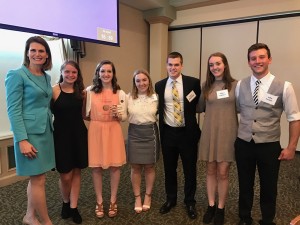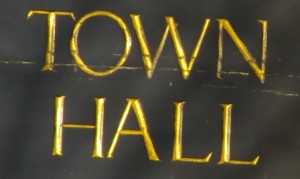Looking Back With Lima’s Town Historian
BY KAREN HANSON-FRITZ
Lima was first settled in 1788 by Jonathan Gould and Paul Davidson, a Revolutionary War soldier who had been part of Sullivan’s Campaign in the Genesee Valley (1779). Coming into the area which we now call Lima, “they passed the last inhabitation at Geneva and pursued the Native American trail” (1) which is currently Rts. 5 and 20 and Lima’s Main St. The men settled about one mile south of the Native American trail, near the west side of the town.
In 1789, the settlement was named Charleston by its first settler Abner Mighells.
In 1790 Dr. John Miner, Lima’s first doctor and Abner Migells, settled in Lima. Abner Migells bought a large tract of land, 12,820 acres (about twice the area of JFK Airport), in the shape of a gore (2). Even though our town was officially named Charleston, it was referred to as Migells’ Gore for quite some time after that purchase.
By the 1880’s, our town long went by the name Brick School House Corners after a brick schoolhouse was built on the main road. The schoolhouse was the center of many activities not only for Lima but for surrounding communities. It is understandable then, why the area would be referred to as Brick School House Corners.
In 1808, Charleston was renamed Lima through an Act of Legislation due to a conflict with another town in New York State called Charleston.
It is believed that the first settlers in Lima chose ‘Lima’ because many were from Old Lyme, Connecticut. Lima only has a change of vowel, ‘i’ instead of ‘y’ from Lyme.
Lima has been referred to as The Crossroads of Western New York for many years. This is because the two main roads, Route 5/20 (east/west) and Rochester Street/Lake Road (north/south) today, were once the main roads that passed through the state and crossed in Lima. These roads were originally the main paths that the American Indians used. I suppose we can add one more name to Lima’s name history!
1. “History of Livingston County” by L.L. Dody.
2. A gore is an irregularly shaped parcel of land, shape like a triangle (Wikipedia).
Editor’s Note: We are introducing this new bi-weekly column from Lima Town Historian Karen Hanson-Fritz.






